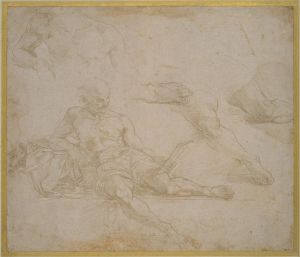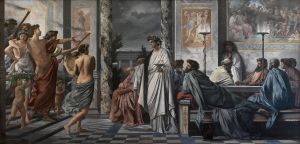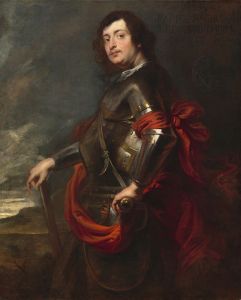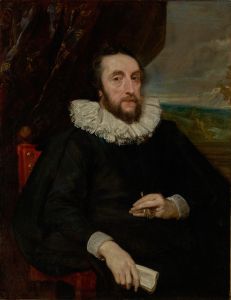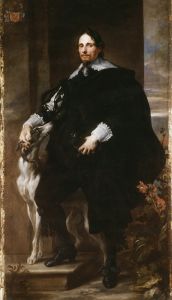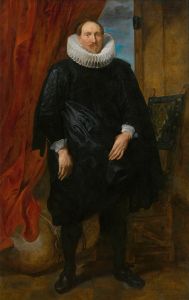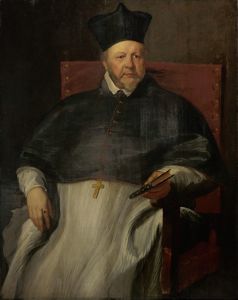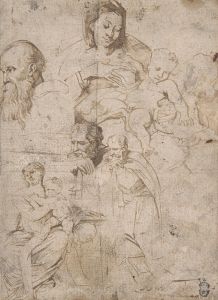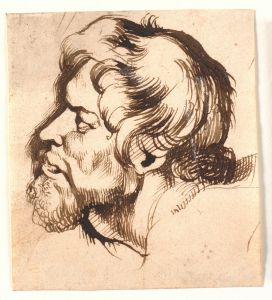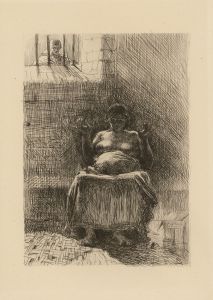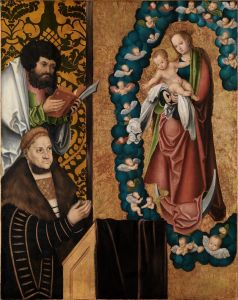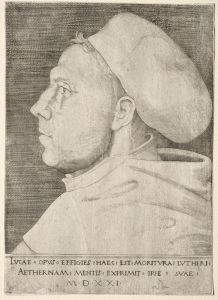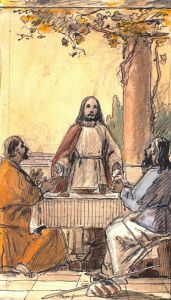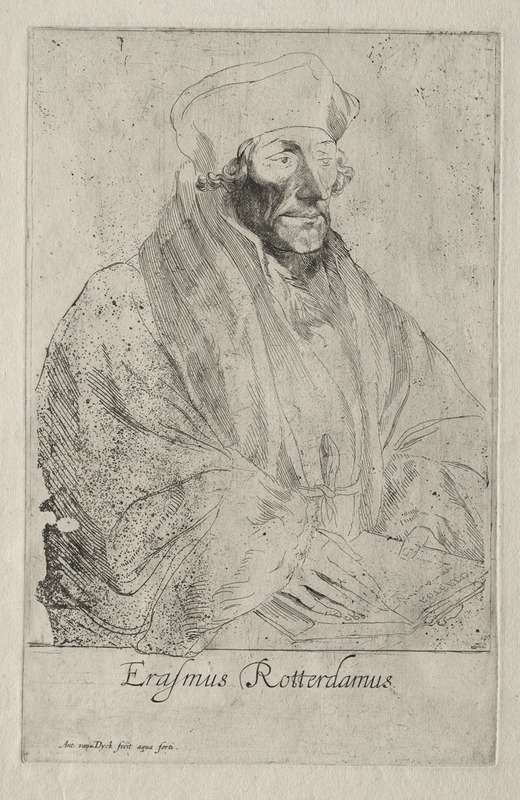
Desiderius Erasmus of Rotterdam
A hand-painted replica of Anthony van Dyck’s masterpiece Desiderius Erasmus of Rotterdam, meticulously crafted by professional artists to capture the true essence of the original. Each piece is created with museum-quality canvas and rare mineral pigments, carefully painted by experienced artists with delicate brushstrokes and rich, layered colors to perfectly recreate the texture of the original artwork. Unlike machine-printed reproductions, this hand-painted version brings the painting to life, infused with the artist’s emotions and skill in every stroke. Whether for personal collection or home decoration, it instantly elevates the artistic atmosphere of any space.
Desiderius Erasmus of Rotterdam is a portrait painting by the renowned Flemish artist Anthony van Dyck. This artwork is a representation of Desiderius Erasmus, a prominent Dutch Renaissance humanist, Catholic priest, social critic, teacher, and theologian. Erasmus was one of the most significant figures of the Renaissance, known for his scholarly works and his efforts to reform the Church from within.
Anthony van Dyck, born in 1599, was a leading artist of the Baroque period and is best known for his portraits. He was a student of Peter Paul Rubens, another master of the Baroque style, and van Dyck's work is characterized by its elegance, attention to detail, and the ability to capture the personality and status of his subjects. Van Dyck's portraits often feature a sophisticated use of color and a keen sense of composition, which are evident in his depiction of Erasmus.
The portrait of Erasmus by van Dyck is notable for its refined execution and the way it captures the intellectual presence of Erasmus. Although the exact date of the painting is not definitively known, it is believed to have been created during van Dyck's early career, possibly in the 1620s. This period was marked by van Dyck's travels across Europe, where he honed his skills and gained exposure to various artistic influences.
In the painting, Erasmus is depicted with a contemplative expression, which reflects his status as a thinker and scholar. He is often shown wearing scholarly attire, which was typical for portraits of intellectuals during this time. The background of the painting is usually understated, drawing attention to the subject's face and hands, which are often engaged in the act of writing or holding a book, symbolizing Erasmus's contributions to literature and theology.
Van Dyck's portrait of Erasmus is part of a larger tradition of depicting Erasmus in art, as he was a figure of considerable influence during his lifetime and beyond. Erasmus's works, including "In Praise of Folly" and his critical editions of the New Testament, were widely read and had a lasting impact on both the Protestant Reformation and the Catholic Counter-Reformation.
The painting is an example of van Dyck's ability to convey the intellectual depth and humanistic values of his subjects. It reflects the artist's skill in portraiture and his capacity to engage with the cultural and intellectual currents of his time. Van Dyck's portrayal of Erasmus contributes to the enduring legacy of both the artist and the scholar, capturing a moment in history where art and intellect intersected.
Today, Anthony van Dyck's portrait of Desiderius Erasmus is appreciated not only for its artistic merit but also for its historical significance, offering insight into the life and times of one of the Renaissance's most influential figures. The painting remains a testament to the enduring power of portraiture to capture the essence of its subjects and to communicate their importance across the ages.





